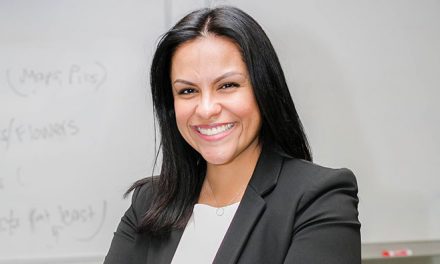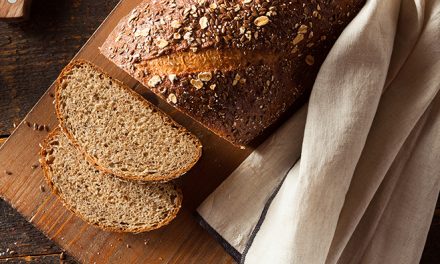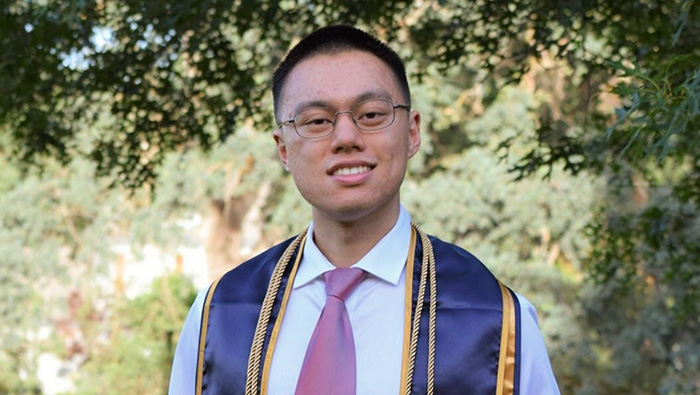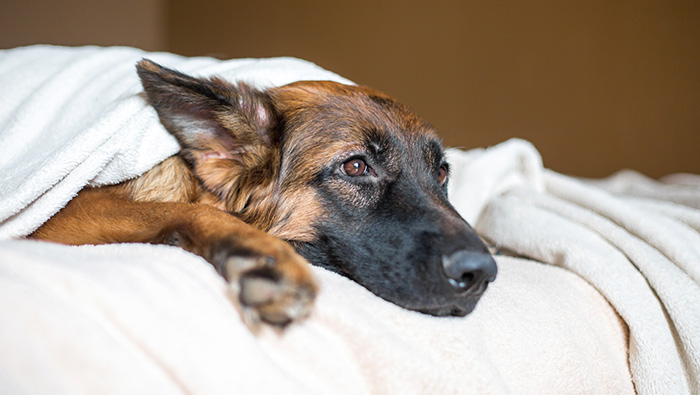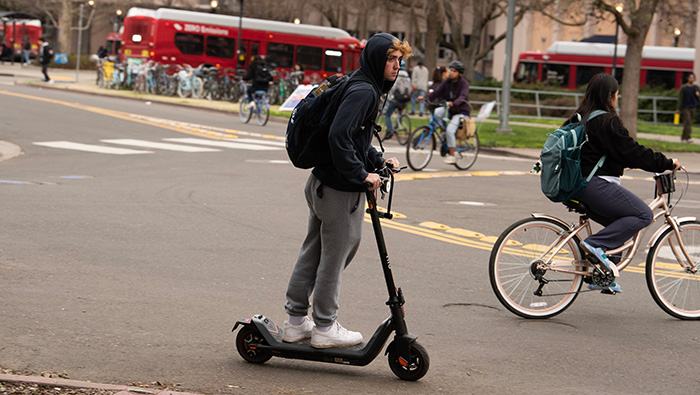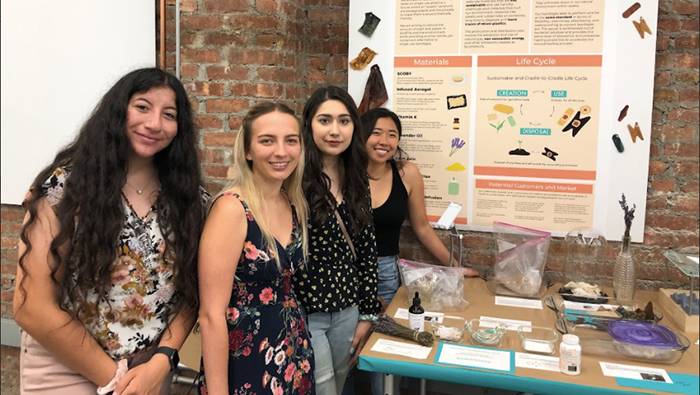
UC Davis students created the BioBandage in 2019. From left: Nadiah Mohammed, design; Elisa Morillo, design and international relations; Sabah Khan, bioscience; Nealah Lee, design.
What is Biodesign?
When students visit Christina Cogdell’s office, they can expect to see an Italian sweater made from milk-based wool and a pair of leather-looking shoes crafted from pineapple fibers. As a professor in the design department at UC Davis, Cogdell specializes in a relatively new field known as biodesign — and the decor exemplifies the growing field at the intersection of biology and design. Below, she expands on the new movement involving designers and scientists alike.
What is biodesign?
Biodesign is the use of living organisms in design. Its processes can be used in the creation of fashion, textiles, furniture and architecture. Nonprofits, design companies and universities around the world, including UC Davis, increasingly implement biodesign practices into research and product development.
Recent innovations include:
- transforming engineered yeast cells into collagen leather and spider silk threads
- making mycelium (mushroom fungus) into leather and chairs
- a leather substitute made of shells from seafood waste and coffee grounds
- a new type of thread made from algae and kelp
- colorful glass created from the shells of invasive mussel species in Lake Michigan
Why is biodesign important, and can it help support sustainability, environmental preservation or ethical labor?
Products made from fossil fuel derivatives and plastics currently have a linear life cycle; the only destination for them after usage is the landfill. Biodesign seeks to change that.
“It can play an integral role in the circular life cycle of products we are transitioning toward, if designed intentionally, since many bio-based products are compostable,” Cogdell said. “When you can replace a process that’s been damaging [to the environment], it becomes a much better approach to think about how to design for a full healthy life cycle — not one of using and discarding.”
To address ethical labor, a team of undergraduate design students at UC Davis called BioShine created a biobased glitter alternative from bacterial nanocellulose. Their aim was to make a replacement for glitter in makeup made from mica, for which mining relies on exploitative child labor practices.
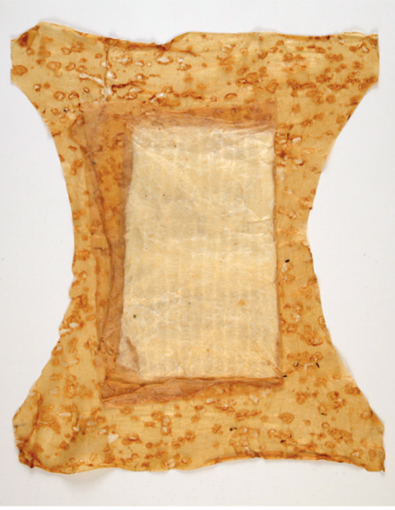
The Sorbit Diaper, a fully compostable diaper made solely from biobased materials, won two prizes in 2018. (Courtesy of Barb Molloy)
What innovations have UC Davis students created?
A team of undergraduate design students won two prizes at the Biodesign Challenge, an educational program and competition, in 2018 for the Sorbit Diaper, a fully compostable diaper made solely from biobased materials. They used bacterial cellulose sheets (grown by bacteria and yeasts, fed oranges, lemons and sugar), bacterial cellulose aerogel (the absorbent layer was 32% more absorbent than polyacrylate, a component found in conventional diapers and derived from fossil fuels) and corn zein protein for waterproofing to create the final product. This alternative could be a solution to the 3.5 million tons of used diapers in landfills, where they can take up to 500 years to decompose.
Using the same materials, another team of UC Davis students created the BioBandage in 2019. The absorbent layer of the bandage is also composed of bacterial cellulose aerogel, with an added component of an original bio-based glue, preventing the bandage from sticking to a wound and more effectively sticking to the skin.

